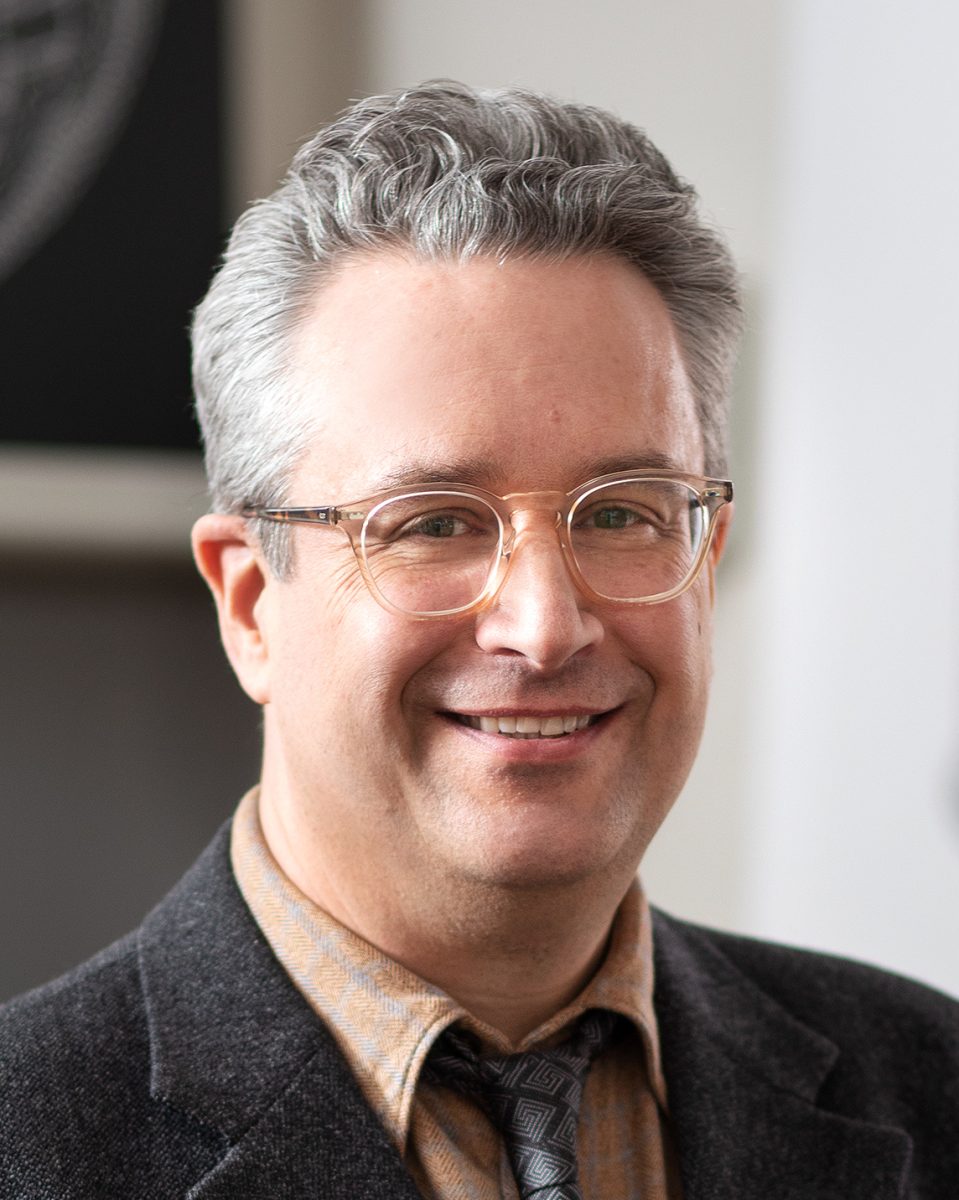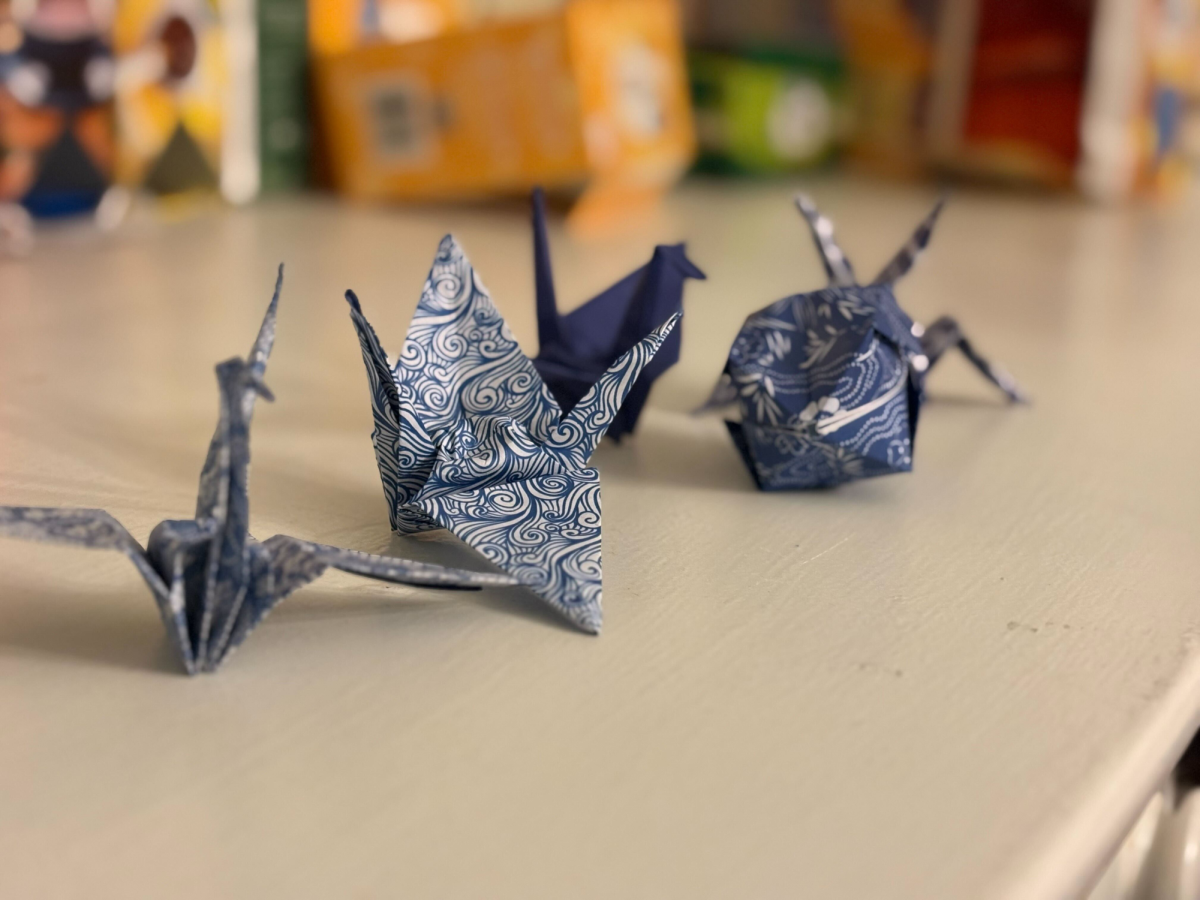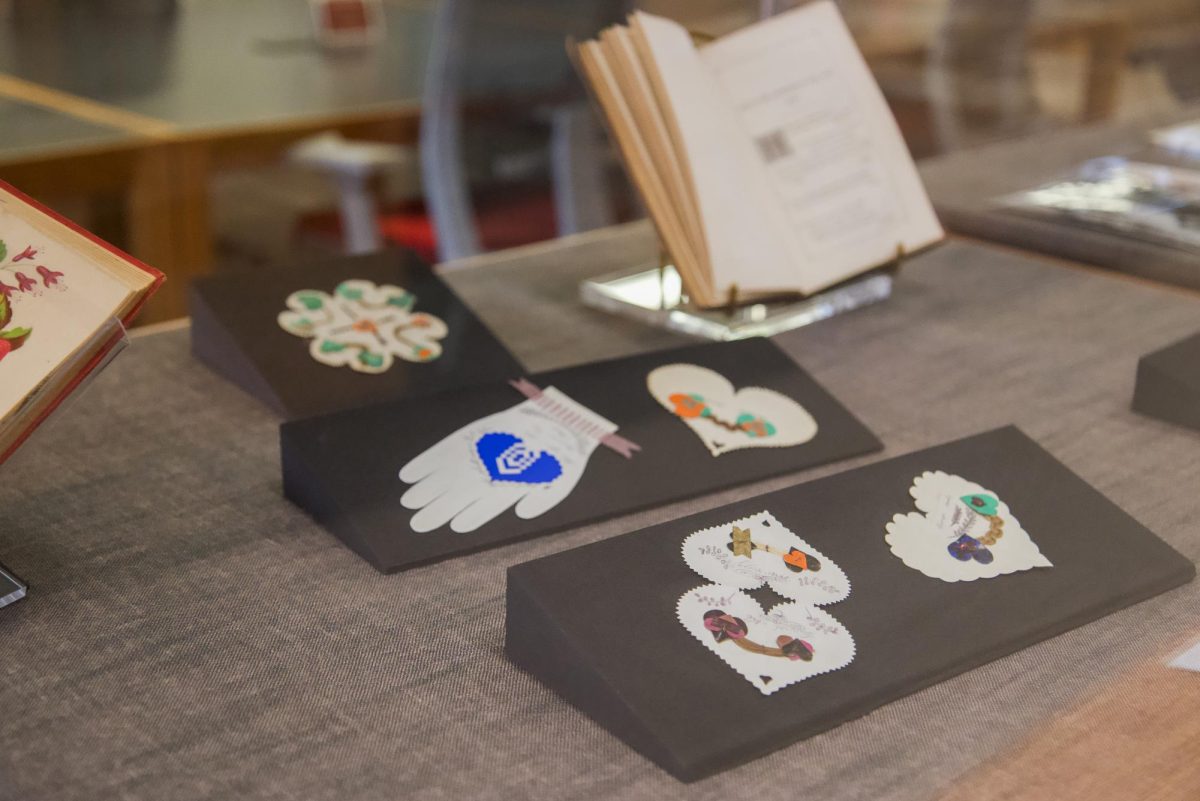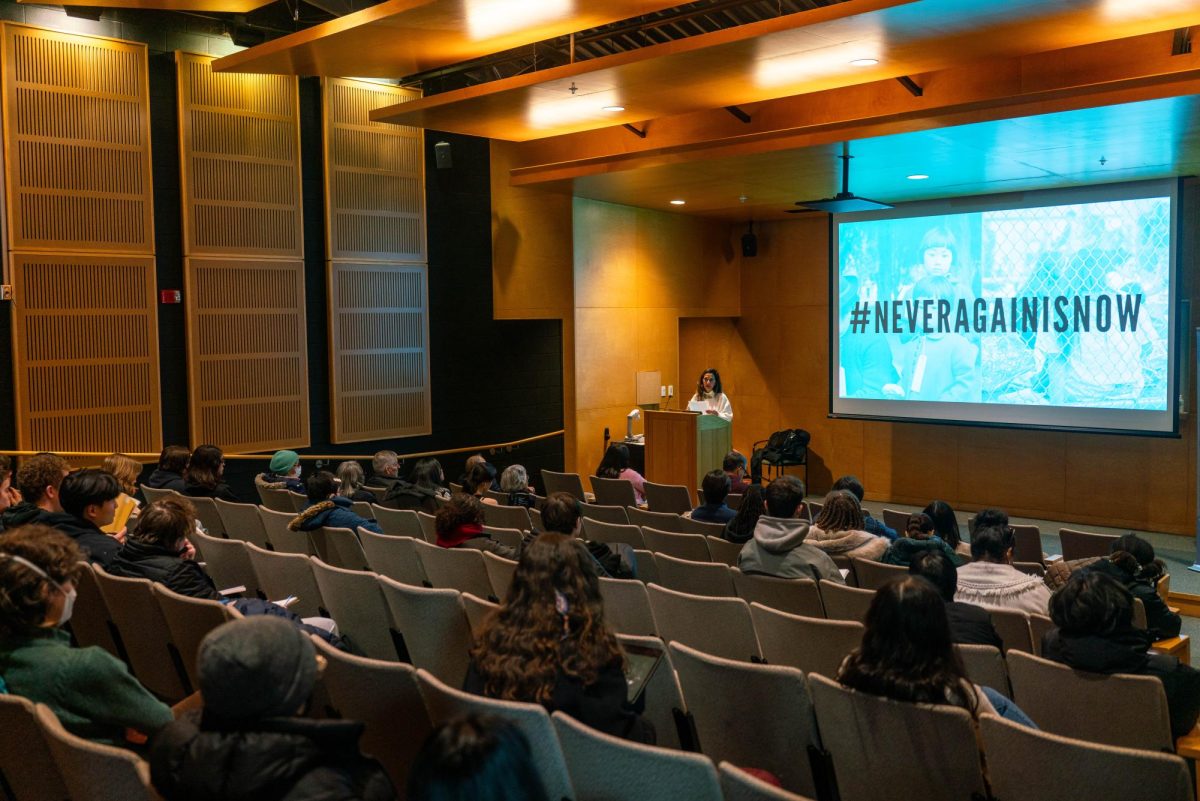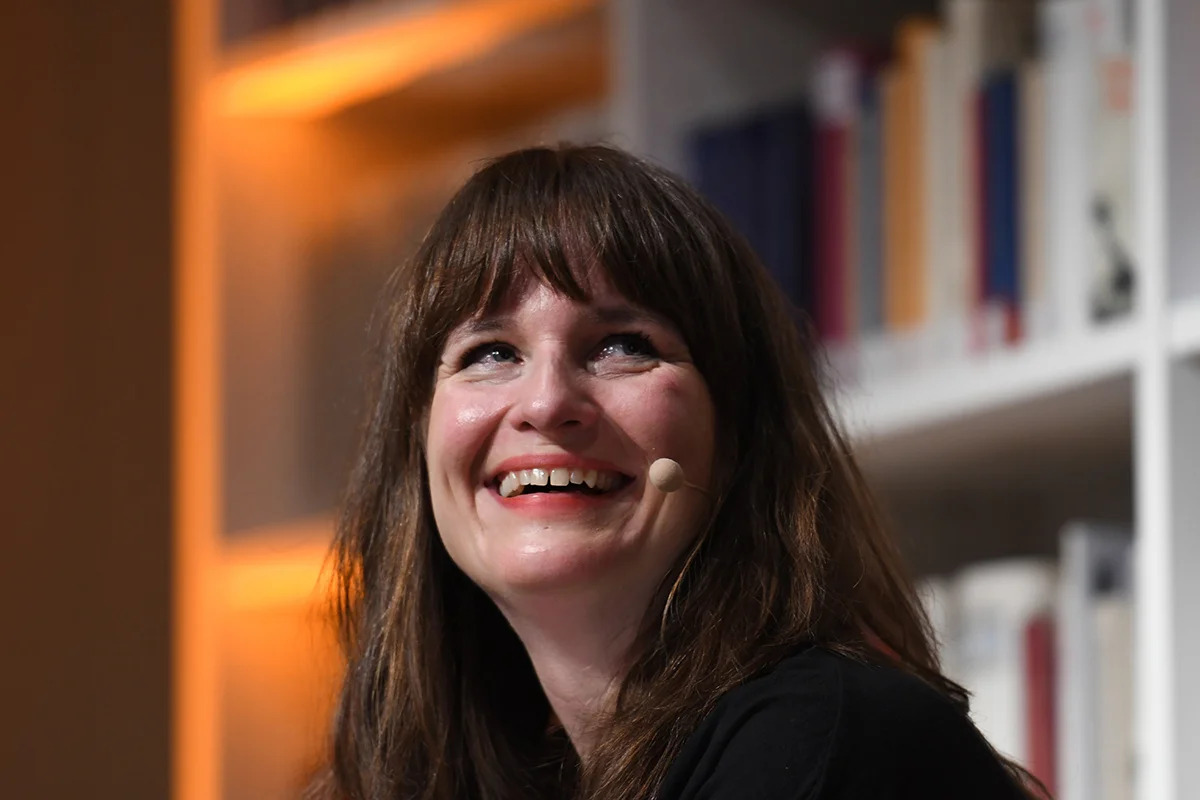For the past month, Oberlin artist Sarah Cruz has been teaching workshops about connecting to others through bilingualism and artistic journal making, open to anyone third grade and up. Cruz was an elementary school Spanish and ESL teacher who now spends her time tutoring students and conducting workshops like this one through Oberlin’s Firelands Association for the Visual Arts. This workshop is running through FAVA from Nov. 8 to Dec. 13. Cruz says that she started this workshop “to create together a very warm and welcoming environment to develop bilingualism.”
A trainee of Harvard’s Project Zero, a research center focused on arts education, Cruz builds her workshops around Project Zero’s eight Studio Habits of Mind, a framework for the patterns of thinking educators can teach their students to embody in the process of creating art.
“One of the habits of mind is developing your craft and understanding the art world,” Cruz said. “What also inspired me for this class was a FAVA exhibit where there was a painter named Nick Lee.”
Nick Lee is an artist who works in Akron. Cruz explained how Lee’s visual portrayal of his Japanese-American identity through American and western portraiture inspired her to launch her latest workshop.
“[Bilingual spaces allow kids to] communicate and think differently, because each language has their own way of communicating,” Cruz said. “There’s some things that you can say better in one language than another.”
Assistant Professor of Japanese Ye Yuan brings her child to Cruz’s workshops. Yuan finds it important for her daughter to be surrounded by different languages and cultures because it fosters a new kind of communication between the various languages through art.
“I think it’s quite hard for us to find a Chinese and Japanese bilingual or multilingual group,” Yuan said. “But I think the point is not that [my daughter] can speak Chinese or Japanese. It’s very important that [children] interact with other people, speak different languages.”
Cruz also worried about how little bilingualism was being promoted in school out of concern for her daughter Razia’s education. Thinking that she was not alone, Cruz started offering bilingual arts workshops for parents like herself seeking the multilingual diversity absent in their child’s education.
FAVA Director of Education and Outreach Erin McCarty emphasize how beneficial these workshops are to FAVA.
“[Cruz] came up to me with the idea, and I thought it was a fantastic one,” McCarty said. “It really supports FAVA’s goals and messages: getting people involved in art and making it accessible for people. Keeping the class affordable and advertising locally was more my role.”
Cruz and Yuan both moved from large cities to Oberlin for professional reasons, in Cruz’s case, returned after a long absence. They both felt a noticeable lack of opportunities for children to coexist in multilingual spaces compared to those they’d have in major cities.
“In America, it’s not particularly multicultural,” Yuan said. “There’s a lot of different cultures, but how [many people speak] English in America is not emphasized as it should be. So, what I want to say is that [language] is very important to my identity, and I hope my kids take that as well.”
FAVA’s appreciation forrecognition of the need for more bilingual and multilingual education in Oberlin gave Cruz the support she needed to create a safe space for young people to learn about cultures and languages in an otherwise largely monolingual environment. Cruz’s workshops also welcome people who are monolingual and want to develop proficiency in a second language through making artistic journals.
“We still have a few more classes to go, but the camaraderie that Razia feels is really inspiring her to feel more like a bilingual and develop her Spanish,” Cruz said. “She even — this was powerful to me — dreamt in Spanish at her second class this past Friday, and she’s never mentioned that she’s done that.”





